
Facing a car accident is stressful enough, but the thought of dealing with insurance claims and settlements can be truly overwhelming. Are you wondering how to settle a car accident claim without a lawyer, especially when facing mounting medical bills, lost wages, and the overall disruption to your life? It’s completely understandable to want to avoid the additional expense of legal fees, and the good news is, in many situations, you absolutely can navigate this process successfully on your own!
This comprehensive guide is here to empower you with the knowledge and strategies you need to confidently handle your car accident claim, aiming for a fair settlement without incurring legal fees. We’ll delve into the critical steps, from assessing your damages and gathering evidence to crafting a compelling demand letter and negotiating with the insurance company, and much more. Think of this as your personal playbook, designed to give you control and clarity during what can often feel like a confusing ordeal.
Having navigated numerous personal injury claims and settlements throughout my career, I’ve witnessed firsthand the complexities individuals face when handling these situations independently. My goal is to equip you with the insights and practical tips that can make a significant difference in your outcome. We’re going to break down the process into actionable steps, helping you secure a fair resolution and reclaim your peace of mind. Let’s get started on your journey to a smarter, faster claim payout!
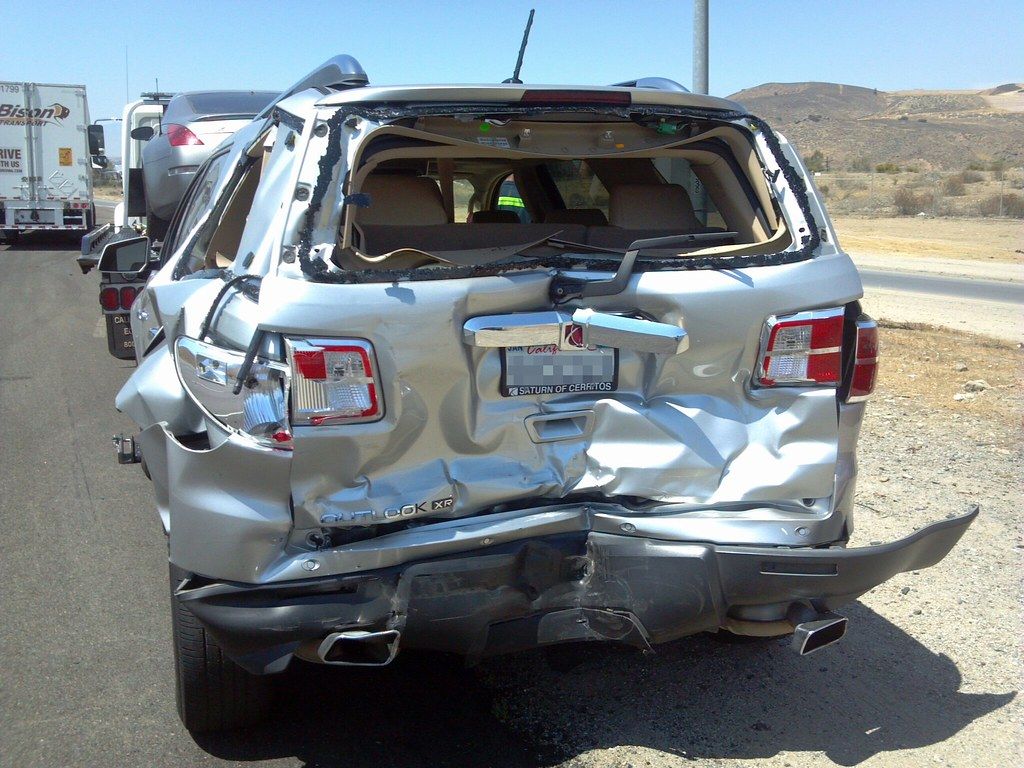
1. **Understand Your Claim Feasibility: When to Go Solo (and When Not To)**
Deciding whether to handle a car accident claim yourself or to seek legal assistance is often the very first hurdle. While settling a car accident claim without a lawyer is absolutely a viable option, it’s a smart move primarily when the injuries and property damage are relatively minor, fault is clear, and the amount you are seeking is small. This scenario allows you to save on legal fees and potentially streamline the process.
Self-representation is most feasible in specific, straightforward situations. For instance, if the accident resulted in only minor vehicle damage and minimal injuries, such as whiplash or bruises, managing the claim yourself might be manageable. Similarly, when the other driver’s fault is undisputed – consider a clear rear-end collision or a traffic signal violation – the claims process tends to be more straightforward and easier to navigate independently. If your total damages, encompassing medical bills, lost wages, and property damage, are relatively low, the insurance company might also be more inclined to settle quickly and fairly with you directly.
However, it’s vital to weigh the potential benefits against inherent risks. If liability is disputed, meaning there’s an argument over who caused the crash, or if you’ve sustained significant injuries, attempting to negotiate with the insurance company alone could result in a substantially lower settlement than you truly deserve. The insurance company’s primary objective is to minimize their payout, and they have trained representatives whose job is to achieve that goal. Without legal expertise, you might inadvertently say or do something that harms your case.
There are situations where calling a car accident lawyer right away is not just recommended, but often imperative. If you’ve suffered serious injuries like concussions, broken bones, or required surgery, or if your injuries affect your ability to work and lead to missed work or future income loss, a lawyer’s expertise is crucial. Furthermore, if fault is unclear or disputed, a commercial vehicle like a truck or rideshare was involved, or the insurance company denies or delays your claim, legal representation becomes essential to protect your rights and ensure a fair outcome. Don’t risk making a costly decision when facing such complexities.

2. **Act Promptly: Mind the Statute of Limitations**
After a car accident, while your health and well-being should always be your absolute top priority, it’s equally critical to be mindful of the legal timeframe for filing your claim. This is known as the statute of limitations, and it sets a strict deadline for when you must officially file your claim in court. Missing this deadline can have severe consequences, essentially closing the door on your ability to recover compensation for your losses.
The specific duration of the statute of limitations varies significantly from state to state. Generally, you can expect this period to range anywhere from one to six years from the date of the accident. It’s imperative to research and understand the exact deadline applicable in your state to ensure you act within the legal window. Every state has a time limitation for filing a claim, typically between one to six years from the accident date, highlighting the importance of timely action.
If you fail to file a claim before the statute of limitations expires, the court can legally bar your claim, preventing you from recovering any compensation for your losses, no matter how legitimate they may be. This isn’t just a minor technicality; it’s a fundamental legal principle that protects the courts from endless litigation and ensures disputes are resolved in a timely manner. Therefore, it’s not enough to simply initiate communication with the insurance company; you must be prepared to file a formal lawsuit if necessary before this critical deadline passes.
Always ensure you act within a reasonable timeframe after the accident. While negotiations with the insurance company might be ongoing, it’s wise to keep the statute of limitations firmly in mind as a hard deadline. Even if you believe your case is straightforward, unexpected delays can occur, and having this timeline clear will help you make informed decisions about when to escalate or seek legal advice if settlement talks drag on.
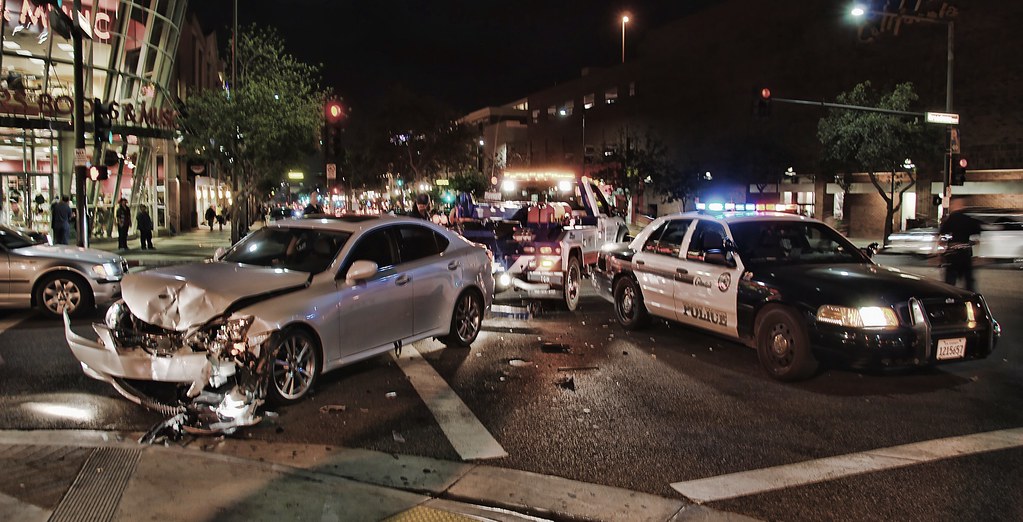
3. **Immediate Post-Accident Actions: Secure the Scene and Your Future**
The immediate aftermath of a car accident can be a disorienting and chaotic experience. However, the actions you take in these crucial moments are incredibly important for both your safety and the success of any potential insurance claim. Prioritizing safety, thoroughly documenting the scene, and promptly seeking medical attention—even for seemingly minor injuries—are the foundational steps that lay the groundwork for a strong claim.
Your first and most immediate concern should always be safety. Begin by assessing yourself and any passengers for injuries; your health is paramount. If it’s safe and possible to do so, move your vehicle to a safe location, out of the flow of traffic, to prevent further accidents. Immediately call 911 to report the accident to the police and request emergency medical services if anyone is injured. Don’t forget to activate your hazard lights to alert other drivers to the situation, enhancing safety for everyone at the scene.
Once immediate safety is addressed, your next crucial step is to meticulously document the accident scene. Exchange information with all drivers involved, collecting names, contact details, insurance information, and vehicle specifics like license plate, make, and model. Capture numerous photos and videos of everything relevant: vehicle damage, the overall accident scene, any visible injuries, prevailing road conditions, and traffic signals. Gather contact information from any witnesses, and make detailed notes of the location, date, time, and specific circumstances, such as weather conditions. Crucially, during this exchange, do not admit fault, even if you suspect you might have been partly to blame; stick strictly to the facts.
Seeking medical attention promptly is non-negotiable, even if you don’t feel immediate pain. Some injuries, like whiplash, may not manifest symptoms until hours or even days later, so a prompt evaluation by a medical professional is vital for your health and for establishing a clear link between the accident and your injuries. Adhere strictly to all medical advice, attend every follow-up appointment, and diligently keep detailed records of all treatments, medications, and expenses incurred. Obtain copies of all medical records, bills, and any other documentation related to your injuries and their treatment; this evidence will be critical for your claim.
Finally, notify your own insurance company promptly to report the accident, regardless of who you believe was at fault. Provide them with the basic facts, including the date, time, location, and the other driver’s information. However, remain cautious; avoid making any statements about fault or the full extent of your injuries to your insurer or the other party’s adjuster. Stick to the basic, verifiable facts. As a helpful tip, maintain a dedicated file or folder to organize all documents, records, and correspondence related to the accident and your claim. This organizational habit will prove invaluable as you progress.
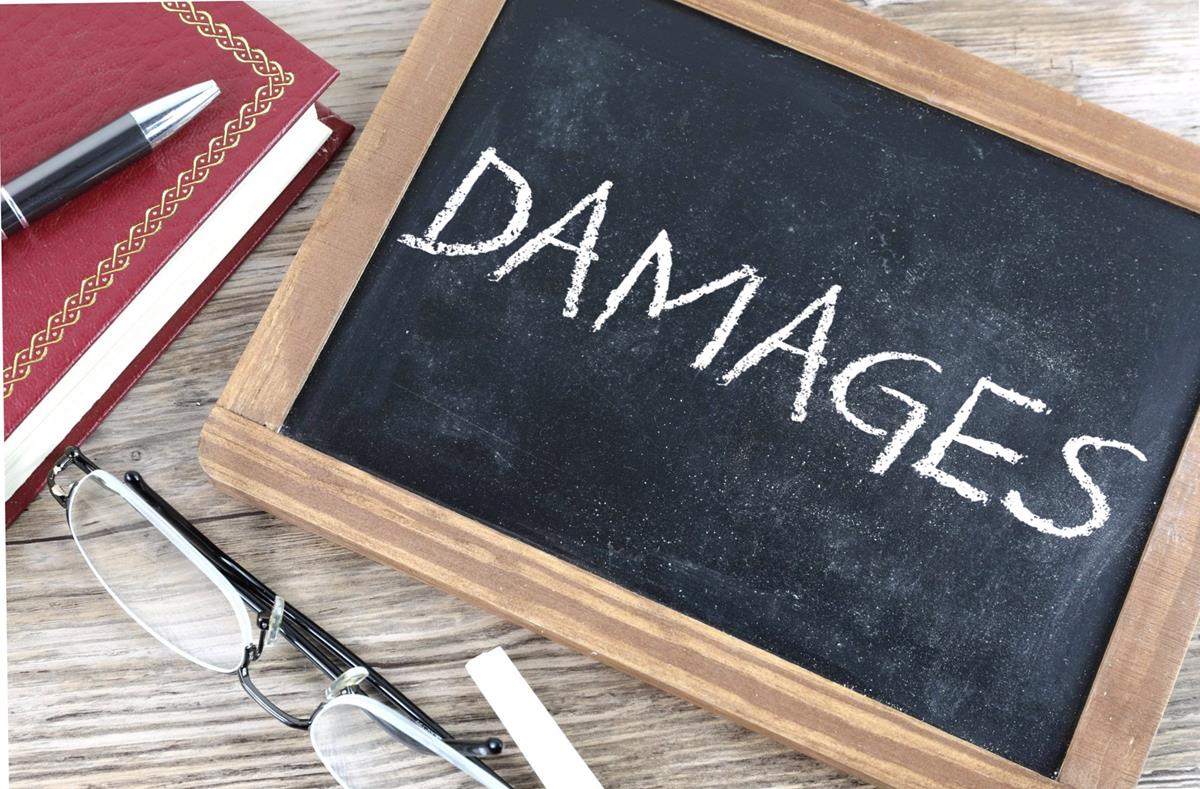
4. **Thoroughly Assess All Your Damages**
To ensure you receive a fair settlement for your car accident claim, it’s absolutely essential to meticulously assess the full extent of your damages. This comprehensive evaluation goes beyond just immediate costs and includes both quantifiable financial losses, known as economic damages, and the more subjective, intangible impacts, referred to as non-economic damages. Accurately calculating both categories is foundational for determining the true value of your claim and ensuring you don’t shortchange yourself.
Economic damages, also known as special damages, represent the quantifiable financial losses directly resulting from the accident. These are typically easier to prove because they come with clear documentation. This category includes all medical expenses, such as ambulance fees, emergency room visits, doctor’s appointments, hospital stays, diagnostic tests like X-rays or MRIs, medications, physical therapy, rehabilitation, and crucially, any anticipated future medical expenses. Lost wages are also key, encompassing income lost from missed workdays, lost salary or hourly wages, and even used sick leave or vacation time. Furthermore, if your injuries affect your future earning capacity, that must be factored in. Property damage covers the cost of repairing or replacing your vehicle, and any other damaged personal property, supported by repair estimates or total loss valuations, plus rental car expenses.
Beyond these direct financial hits, you also incur other out-of-pocket expenses directly resulting from the accident. These might seem small individually but add up quickly. Think about transportation costs to medical appointments, over-the-counter medications, specialized medical supplies, or even the cost of hiring assistance for household tasks if your injuries prevent you from performing them. Keeping track of every single one of these expenses, no matter how minor, is critical. Studies show that claims supported by complete documentation settle, on average, 20% higher, underscoring the power of thorough record-keeping.
Non-economic damages, or general damages, are intangible and non-financial losses that are more subjective but equally real. These compensate for the profound physical and emotional impact of the accident. Pain and suffering refers to the physical pain, discomfort, and limitations you’ve experienced due to your injuries. Emotional distress covers the mental anguish, anxiety, fear, stress, and emotional trauma caused by the accident. Loss of enjoyment of life compensates for a diminished quality of life and the inability to participate in activities you once enjoyed. If the accident resulted in scarring, disfigurement, or permanent physical impairment, you can seek compensation for that, too. Lastly, loss of consortium applies to the loss of companionship, intimacy, and support from a spouse or partner dueen to your injuries, addressing the impact on your relationships.
The key takeaway here is to keep meticulous records of all expenses and losses, no matter how small they may seem. Collect every receipt, bill, pay stub, and medical record. Even a detailed pain journal can serve as valuable evidence, documenting the daily impact of your injuries. This comprehensive documentation forms the backbone of your claim, proving the full scope of your damages and maximizing your potential settlement.
Read more about: Beyond the Miles: A CNET Guide to the 14 Longest-Lasting Car Tires for Smart Drivers

5. **Identify All Potentially At-Fault Parties**
After a car accident that wasn’t your fault, it can be quite confusing to pinpoint exactly who is to blame. While your immediate focus might be on the driver who directly caused the collision, a truly smart move involves broadening your perspective to consider all parties that may share responsibility. This thorough approach can significantly strengthen your claim and ensure you pursue compensation from every potential source.
For example, if you were injured by a driver operating a work vehicle, you could potentially have a claim not just against the driver, but also against their employer. This opens up additional avenues for compensation, especially if the employer’s policies or negligence contributed to the accident. Similarly, if the at-fault driver’s negligence stemmed from a vehicle malfunction, or if poor road conditions played a role, a vehicle manufacturer or the road maintenance department might also bear a degree of fault. It’s not always as simple as blaming one individual; a deeper investigation can reveal systemic issues.
If you are pursuing a claim solely against an individual driver after an accident, your primary interaction will be with their insurance company. This is usually the most straightforward scenario, where you negotiate directly with the at-fault driver’s insurer to cover your damages up to their policy limits. However, the landscape changes if you suspect other parties are also responsible, and this is where your research skills will come in handy. You’ll need to investigate how to make a claim against these additional entities, as the process for each might differ considerably from a standard individual claim.
Determining the extent of fault for multiple parties can become complex, quickly moving beyond what an individual might comfortably handle. However, having a clear understanding of all potential at-fault parties early in the process is empowering. It means you’re not limiting your options and are preparing to hold everyone accountable who played a role in causing your losses. By meticulously identifying all who may share responsibility, you lay a solid foundation for a comprehensive claim, increasing your chances of recovering the full compensation you deserve.
Now that you’ve laid the essential groundwork, it’s time to move into the proactive phase of building and securing your claim. This next set of strategies focuses on transforming your initial efforts into a powerful case for fair compensation. From gathering the undeniable proof to articulating your losses persuasively and navigating the tricky waters of negotiation, these steps are designed to empower you to finalize your settlement with confidence. We’ll also cover the crucial point of knowing when to pivot and seek legal assistance, ensuring you’re always making the smartest move for your unique situation.
Read more about: Navigate Crowded Parking Lots Like a Pro: Essential Strategies for Safe Backing and Avoiding Hidden Obstacles
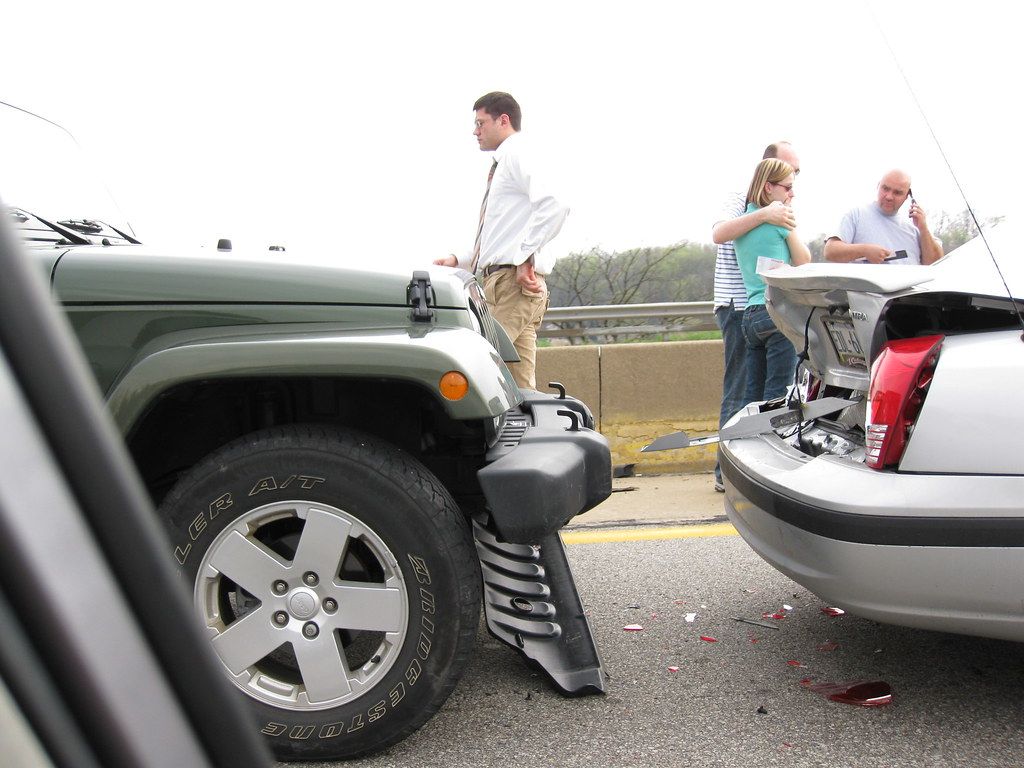
6. **Collect Comprehensive Evidence**
Building a robust car accident claim, especially without legal representation, hinges critically on the strength and completeness of your evidence. This crucial step is about more than just gathering documents; it’s about building an undeniable narrative that clearly proves the other driver’s fault and vividly illustrates the profound impact the accident has had on your life. The more thoroughly you collect and organize this information, the higher your chances of receiving a reasonable settlement offer.
Your focus should be broad, encompassing anything that can substantiate your claim. This includes official documents like police reports, which often provide an objective account of the accident, and detailed witness statements that offer third-party perspectives. Medical records and bills are absolutely vital, serving as concrete proof of your injuries, the treatments you’ve undergone, and the associated costs, ensuring your health and financial losses are meticulously documented.
Don’t underestimate the power of visual evidence. High-quality photographs and videos of the accident scene, including vehicle damage, any visible injuries you or your passengers sustained, prevailing road conditions, and traffic signals, can paint a clear picture for the insurance adjuster. Similarly, pay stubs or other employment records provide indisputable proof of lost income due to the accident. Your overarching goal here is to gather enough compelling evidence to compel the insurer to accept fault and agree to pay the damages you rightfully request. Therefore, anything you believe helps tell the complete story of the accident and its aftermath is worth holding on to and organizing carefully.
Read more about: Decoding the Universal Quartet: An In-Depth Journey Through the Enduring Significance of the Number Four Across Science, Culture, and History
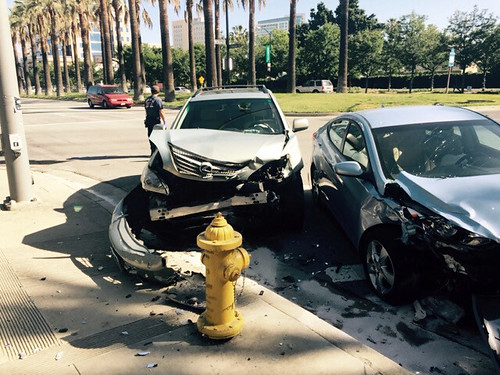
7. **Craft a Powerful Demand Letter**
Once you’ve meticulously gathered all your evidence, the next pivotal step in your claim process is to compose a comprehensive and persuasive demand letter. This isn’t just a simple note; it’s a formal, written request sent directly to the at-fault driver’s insurance company. Its primary purpose is to clearly outline all the facts of the case, detail the full extent of the expenses you’ve incurred, describe your path to recovery, and formally request a specific, fair amount of compensation for your losses.
A well-constructed demand letter is your opportunity to set the terms for settlement negotiations, rather than passively waiting for the insurer to make their initial, often lowball, offer. It should be clear, concise, logically organized, and, most importantly, backed by all the compelling evidence you’ve collected. This letter serves as the very foundation of your claim and dictates the tone and direction for all subsequent negotiations, making its thoroughness paramount.
Your demand letter must include several essential components. Start with a clear heading containing your contact information, the insurance company’s details, your claim number, and the date. The introduction should briefly state the letter’s purpose, followed by a factual and concise account of the accident, specifying the date, time, location, and a description of how it occurred. Crucially, explain why the other driver was at fault, citing specific traffic laws or negligent actions, and reference the police report if one was filed.
Proceed to detail all injuries sustained, including their type, severity, and all medical treatments received, both past and ongoing, as well as the profound impact these injuries have had on your daily life and activities. Then, provide a meticulous itemization of all your economic and non-economic damages, presenting specific amounts for medical expenses, lost wages, property damage, pain and suffering (with a clear explanation of your calculation method), and any other out-of-pocket expenses. Ensure that all these figures are substantiated with the supporting documentation you’ve compiled.
Finally, clearly state the total settlement amount you are demanding. Remember, this amount should be reasonable and justifiable, but also allow some room for negotiation. Include copies of all relevant supporting documents, such as the police report, medical records and bills, proof of lost wages, repair estimates, photographs, and witness statements. Conclude by expressing your willingness to negotiate, but also firmly state your intention to pursue further legal action if a fair settlement cannot be reached. A key tip for this entire process is to maintain a professional and objective tone throughout the letter, diligently avoiding any emotional language or personal attacks, and focusing solely on presenting the facts and solid evidence to support your claim.
Read more about: Tech Geek’s ‘Unknown’ Code: Unlock Your Car’s Hidden Menu Instantly Without Ever Visiting the Dealership
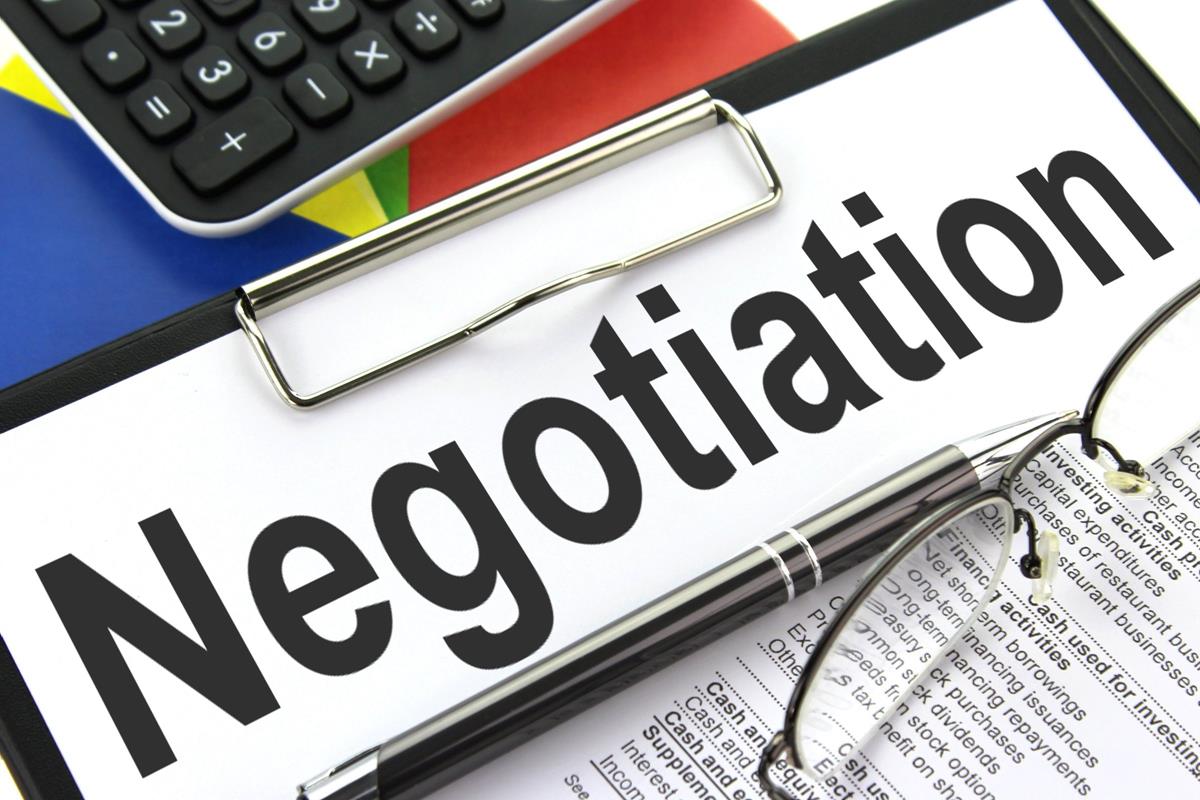
8. **Master Strategic Negotiation**
Once your robust demand letter has been sent, you’ll likely receive a response from the insurance adjuster, often in the form of a counteroffer. This is where your ability to negotiate effectively becomes crucial. Approaching these discussions with a calm, professional, and thoroughly prepared mindset is essential, as the adjuster’s primary objective is to minimize the insurance company’s payout. Your goal is to skillfully advocate for your rights and ensure you receive the compensation you truly deserve.
Before you even pick up the phone or respond to an email, it’s vital to know your absolute bottom line—the minimum settlement amount you are willing to accept. This clear target will guide your negotiations and prevent you from hastily agreeing to an unreasonably low offer that doesn’t fully cover your losses. Be meticulously prepared for every conversation: have all your organized documentation at your fingertips, and be ready to articulate the facts of the accident, the specifics of your injuries, and the full extent of your damages in detail. Your initial demand, as outlined in your letter, should strategically be higher than your bottom line, creating room for the back-and-forth that is inherent in negotiations.
Throughout the process, practice active listening. Pay close attention to the adjuster’s arguments, questions, and reasoning. This allows you to identify any weaknesses in their position, which you can then deftly address with your meticulously collected facts and compelling evidence. Remember that patience is a virtue in this stage; negotiations can often take time, and you should never feel pressured to accept the first or even second offer. If the adjuster presents a low offer, respond with a strategic counteroffer that, while still higher than your absolute minimum, demonstrates a willingness to compromise and keep the dialogue productive.
When you negotiate, highlight the undeniable strengths of your case, such as unequivocally clear liability, the severity of your injuries, and the comprehensive supporting documentation you possess. Conversely, if there are any perceived weaknesses in your case, acknowledge them objectively but explain why they do not diminish the overall value of your claim. Crucially, maintain detailed records of all communication with the adjuster, including dates, times, and the substance of your conversations. If, after diligent effort, the adjuster remains unwilling to offer a fair settlement, be prepared to walk away from the negotiations and seriously consider filing a lawsuit, which at that point, would necessitate legal representation. Once you do reach an agreement, ensure that the final settlement terms are meticulously documented in writing and signed by both parties, often in a formal release document, to prevent any future disputes.
Read more about: Mastering the Motorcycle Market: Optimal Timing and Strategic Selling for Enthusiasts
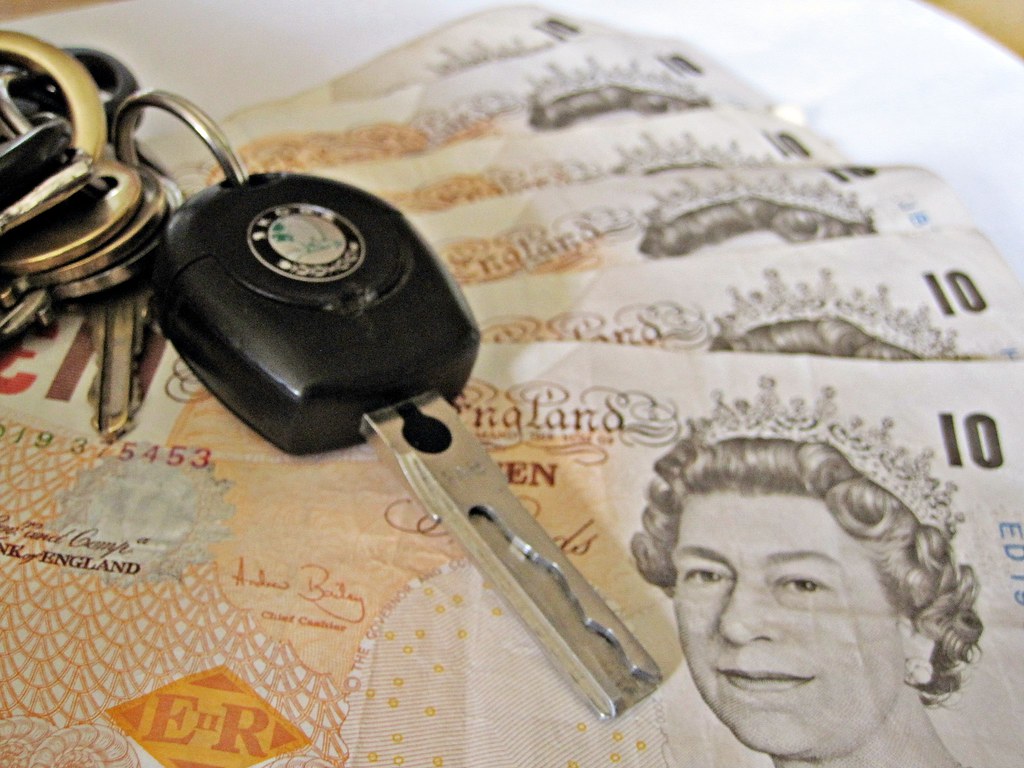
9. **Review and Finalize Your Settlement Carefully**
After navigating the complexities of negotiation, if the insurance company accepts fault for the accident, they will present you with a settlement offer. This is a critical juncture where your careful review and decision-making are paramount. The insurer’s primary objective is to secure your agreement to a set amount in exchange for you relinquishing your right to pursue any further claims related to the accident. Therefore, it is absolutely essential that you meticulously review the offer to ensure it comprehensively covers all your losses.
Never rush into accepting the first offer, or any offer, if you are uncertain about its adequacy. Once you sign a release form and accept payment, you typically cannot ask for more compensation, even if your injuries worsen or new damages come to light later. This single settlement is your one chance to recover for all past, present, and future losses stemming from the accident. Therefore, if you genuinely feel the offer doesn’t fully cover your damages, you have every right to counter-offer again or, if negotiations truly stall, decline it altogether.
Before signing any release form or accepting payment, make sure you read every single page of the settlement agreement. This document will outline the terms of the settlement and, most importantly, detail what rights you are waiving by accepting it. Ask explicit questions: does it waive future rights to compensation for medical complications that might arise, or for long-term impacts on your earning capacity? Ensure that every single one of your damages, both economic and non-economic, is explicitly included and adequately compensated within the final agreement. This diligence is your final safeguard to ensure you don’t leave any money on the table or discover costly unmet needs down the road.
Read more about: Unmasking the Deception: 9 Car Dealer Lies You Need to Know Before Buying Your Next Vehicle

10. **What Happens If Negotiations Fail: When to Call a Lawyer**
Despite your best efforts in gathering evidence, crafting a strong demand letter, and negotiating strategically, there are instances where negotiations with the insurance company may unfortunately fail. If you and the insurer cannot reach a mutually acceptable settlement, the next step necessary to pursue your car accident claim is often filing a lawsuit. At this critical juncture, securing legal representation becomes not just highly recommended, but often imperative. Navigating the intricate complexities of litigation without an experienced attorney is an extremely challenging endeavor and can significantly jeopardize your chances of a successful outcome.
The legal system operates under complex rules of procedure and evidence that are difficult for non-lawyers to master. Filing a lawsuit involves a series of intricate steps: drafting a formal complaint, properly serving the defendant, conducting discovery to gather additional evidence, filing various motions, and potentially going all the way to a trial. An attorney understands these elaborate legal procedures intimately and can ensure that your case is handled correctly from start to finish, preventing costly errors or missed deadlines that could undermine your claim. Furthermore, evidence presented in court must adhere to strict rules of admissibility; an attorney knows precisely how to gather, preserve, and present evidence in a way that is both admissible and persuasive to a judge or jury.
Even after a lawsuit has been filed, negotiations often continue, and an attorney can leverage their legal expertise and extensive experience to negotiate a more favorable settlement on your behalf, often with greater leverage than an individual might have. Should a settlement still prove elusive, an attorney will expertly represent you at trial, presenting your case compellingly to a judge or jury, cross-examining witnesses, and arguing for your rightful compensation. Beyond the technicalities, an attorney also provides an invaluable objective perspective on your case, helping you make informed, rational decisions and navigate the emotional pitfalls that can accompany such a challenging legal process.
It is absolutely crucial to recognize situations where professional legal help is non-negotiable. If you’ve suffered serious injuries like concussions, broken bones, or required surgery, or if your injuries affect your ability to work and lead to missed work or future income loss, a lawyer’s expertise is vital. Similarly, if fault is unclear or disputed, a commercial vehicle like a truck or rideshare was involved, or the insurance company denies or delays your claim or acts in bad faith, legal representation is essential to protect your rights and ensure a fair outcome. Many personal injury lawyers offer free consultations, providing an excellent, no-risk opportunity to discuss your specific case and assess whether legal representation is necessary. Taking advantage of this early conversation could be the smartest move you make, saving you from an expensive mistake and ensuring you receive the full compensation you deserve.
You’ve navigated the often-turbulent waters of a car accident claim, from the immediate aftermath to gathering evidence, crafting a powerful demand, and engaging in strategic negotiations. While handling a claim independently can be empowering and cost-effective in straightforward situations, remember that knowledge is your greatest asset. This guide has equipped you with a practical playbook to confidently pursue a fair settlement. However, always be prepared to assess the evolving complexities of your situation and recognize when the stakes become too high for a solo journey. Ultimately, making informed decisions at each step, bolstered by comprehensive documentation and a clear understanding of your rights, is the smartest move for securing your peace of mind and the compensation you deserve.



